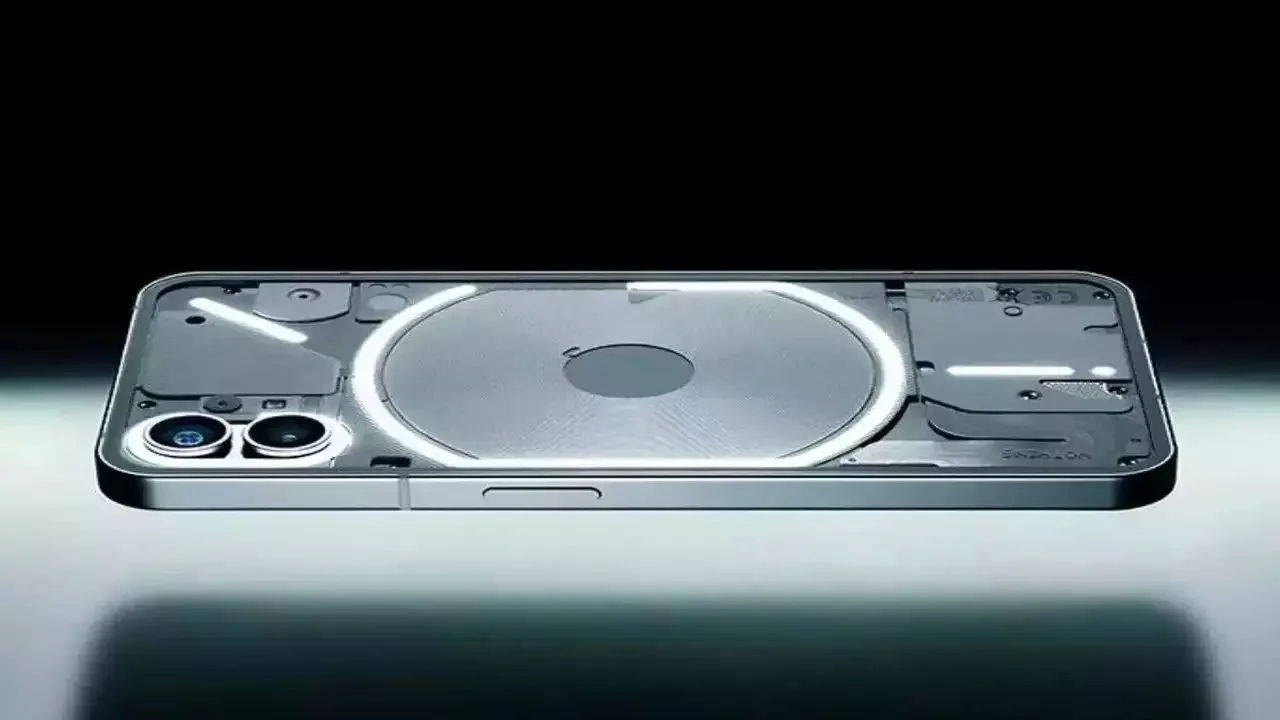The Samsung Galaxy S23+ and Nothing Phone 2 are two different ways of looking at flagship smartphones, and while both boast premium features, their targeted audiences are somewhat different. While Samsung focuses on an overall feature-rich experience with cutting-edge technology, Nothing Banks on its unique design language with the signature LED notifications. In this comparison, we look at the specification, feature set, camera quality, and pricing to see which one fits the bill better for you.
Key Specifications
Dimensions and Build Quality
The Galaxy S23+ is a bit compact, measuring 157.8 x 76.2 x 7.6 mm and weighs 196 g. It is more solidly built with Gorilla Glass Victus 2 at the front and back, and an armor aluminum frame; therefore, it offers better drop and scratch resistance. The Nothing Phone 2 is a bit bigger, measuring 162.1 x 76.4 x 8.6 mm and weighing 201.2 g. It also has a glass front and back with an identifying feature: 11 LED light strips on the back for notifications, making it a catch in terms of design.

Display Quality
The Galaxy S23+ sport a 6.6-inch Dynamic AMOLED 2X display with HDR10+ support, as well as up to 1750 nits peak brightness. Its 120Hz refresh rate gives smoothness to the touch in scrolling and playing games. Moving onto the Nothing Phone 2, this is more of a standard affair given its 6.7-inch LTPO OLED display with a similar refresh rate. However, it peaks at 1600 nits for brightness. Both support always-on displays, have Gorilla Glass protection. Samsung uses Victus 2, though, which is tougher compared to the basic Gorilla Glass on Nothing’s phone.
Also Read: Sony Xperia 5 IV: Detailed Review of Specifications, Features, and Pricing
Performance and Software
Galaxy S23+: The Galaxy S23+ is powered by the Snapdragon 8 Gen 2 chipset, coupled with an octa-core CPU for top-notch performance. Nothing Phone 2: Nothing Phone 2 comes with the slightly older Snapdragon 8+ Gen 1 chip but still quite powerful and reliable for most work out there. Both phones run on Android 13; Samsung’s One UI 6.1 offers up to 4 major Android updates, while Nothing OS 2.6 offers up to 3 major updates.
Storage and RAM
Samsung offers 256GB with 8GB RAM and 512GB with 8GB RAM. It also uses UFS 4.0, which ensures faster data transfer. The Nothing Phone 2, on the other hand, has three options: 128GB with 8GB RAM, 256GB with 12GB RAM, and 512GB with 12GB RAM. However, it uses the marginally slower UFS 3.1 standard.
Camera Features
Main Camera Comparison
It contains a triple camera setup: a 50 MP wide lens with OIS, a 10 MP telephoto camera with 3x optical zoom, and a 12 MP ultrawide lens. In video mode, the high-end options it provides are 8K@24/30fps and 4K@60fps with HDR10+.
Also Read: Sony Xperia 5 IV: Detailed Review of Specifications, Features, and Pricing
In comparison, the Nothing Phone 2 has a dual-camera arrangement with two 50 MP sensors. The wide-angle lens performs similarly to Samsung’s; however, its ultrawide lens is wider, at 114˚. It is capable of up to 4K at 60fps in terms of video capability, and 8K video recording is not possible.
Front Camera
While Samsung’s is a 12 MP selfie camera that offers 4K video at 60fps with dual pixel PDAF, the front camera of Nothing supports 1080p video at 30fps. Though Nothing Phone 2 will be able to click higher resolution selfies, Samsung is ahead in terms of video.
Battery and Charging
Battery Life
Both phones have a 4700 mAh battery. For charging, the Galaxy S23+ supports 45W Wired, 15W Wireless, and 4.5W Reverse Wireless. The Nothing Phone 2 also supports 45W Wired, although it charges a bit slower – up to 55 minutes to reach 100% – and has 15W Wireless and 5W Reverse Wireless.
Price
While the Samsung Galaxy S23+ is listed at ₹69,999, promising flagship level performance and durability, the Nothing Phone 2 sells at $655.65, roughly ₹54,000, making it a more affordable device by comparison, with its unique design and fairly decent feature set, to Samsung’s far pricier option.
Also Read: Sony Xperia 5 IV: Detailed Review of Specifications, Features, and Pricing
